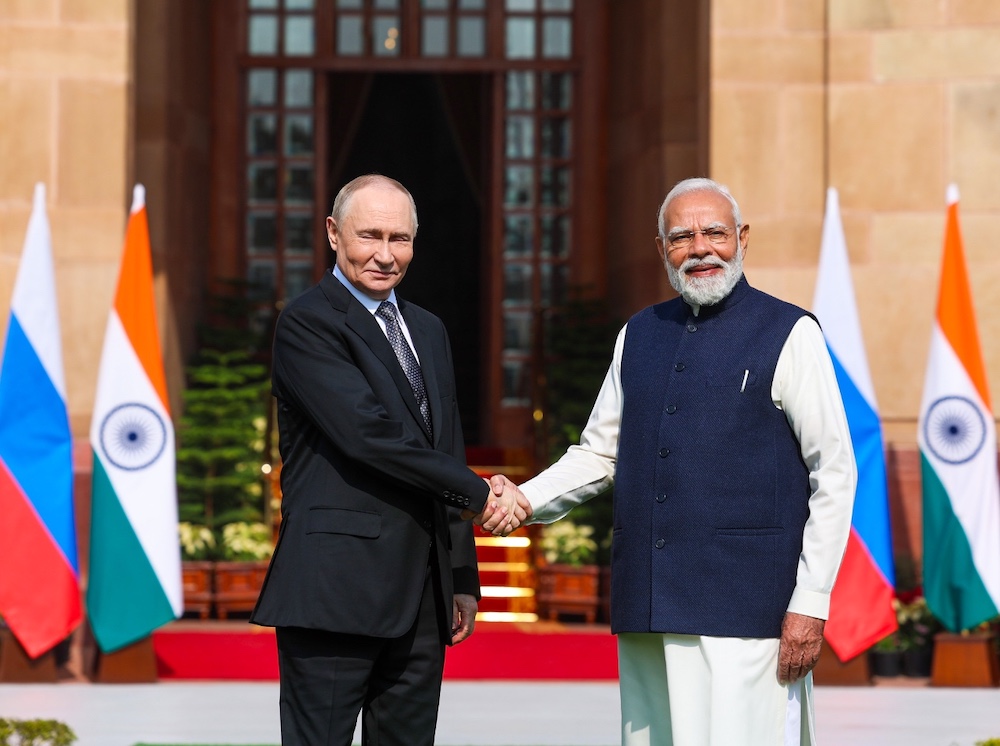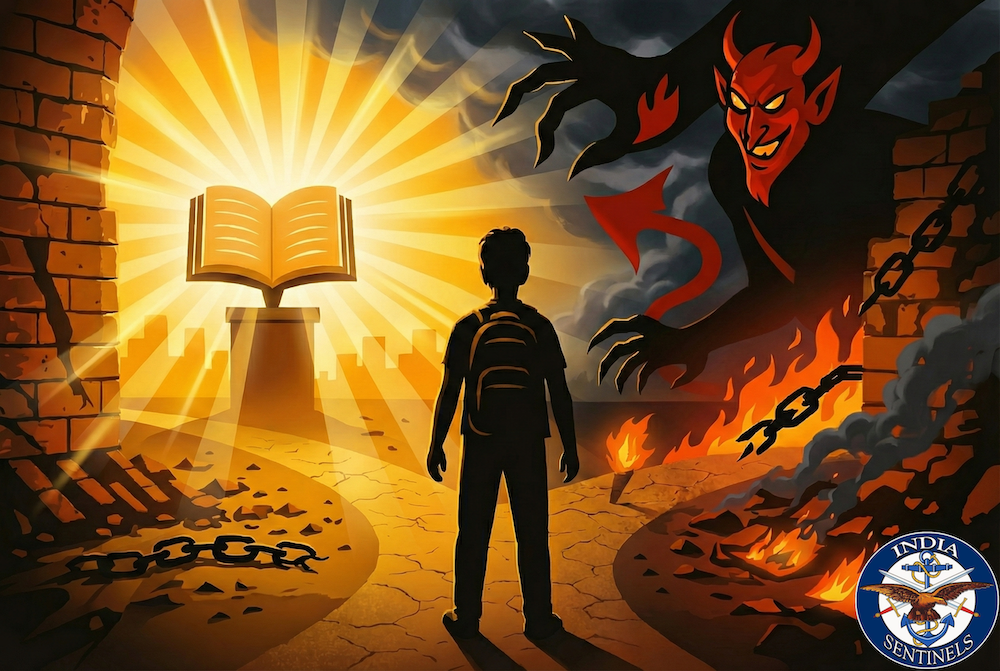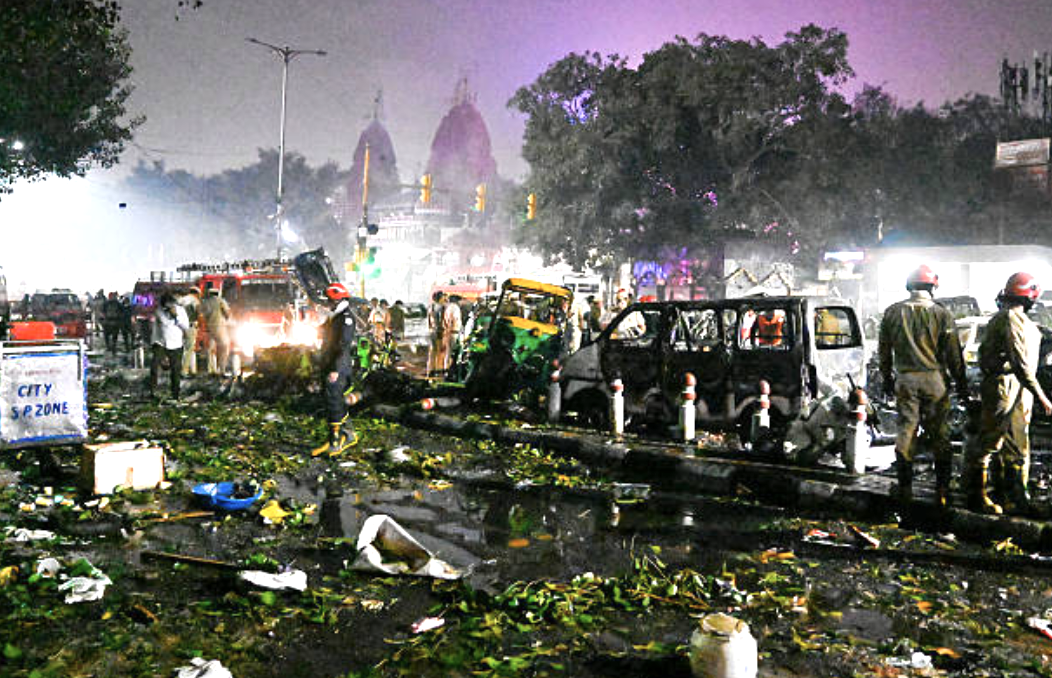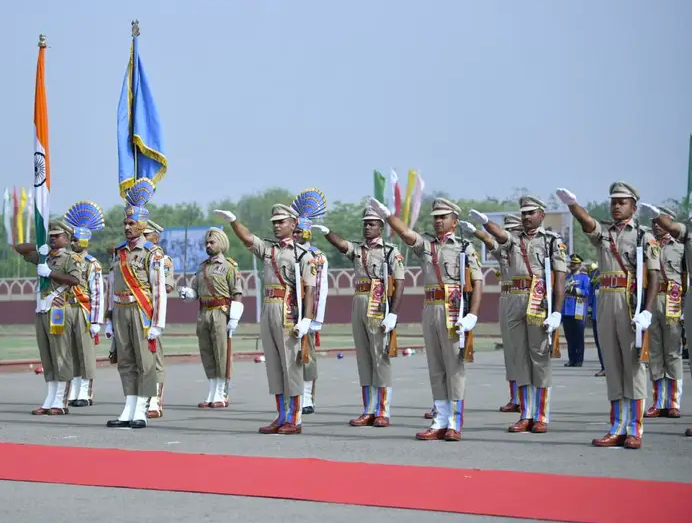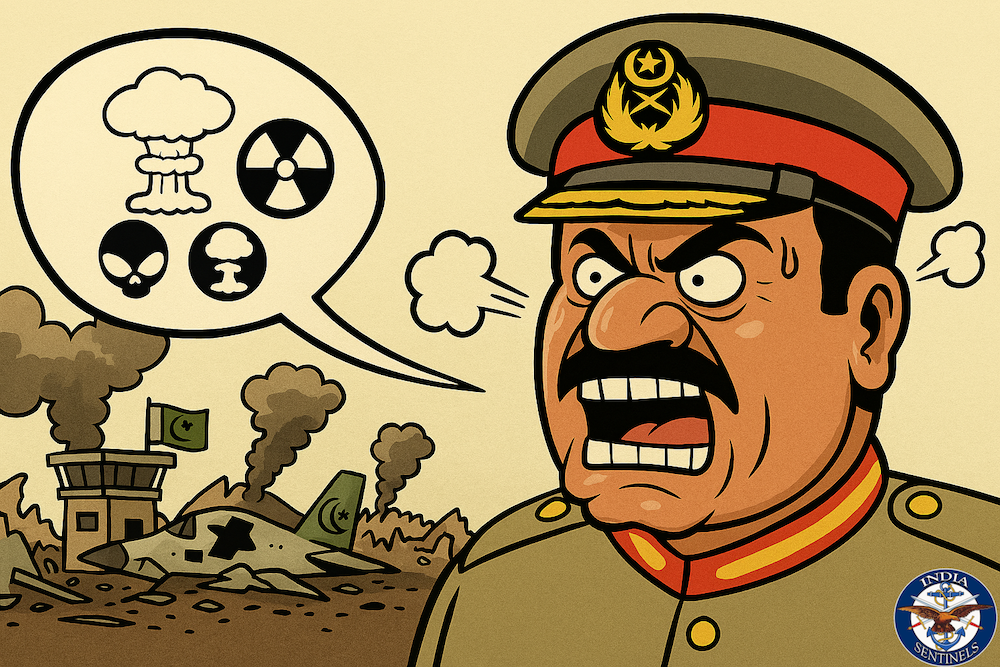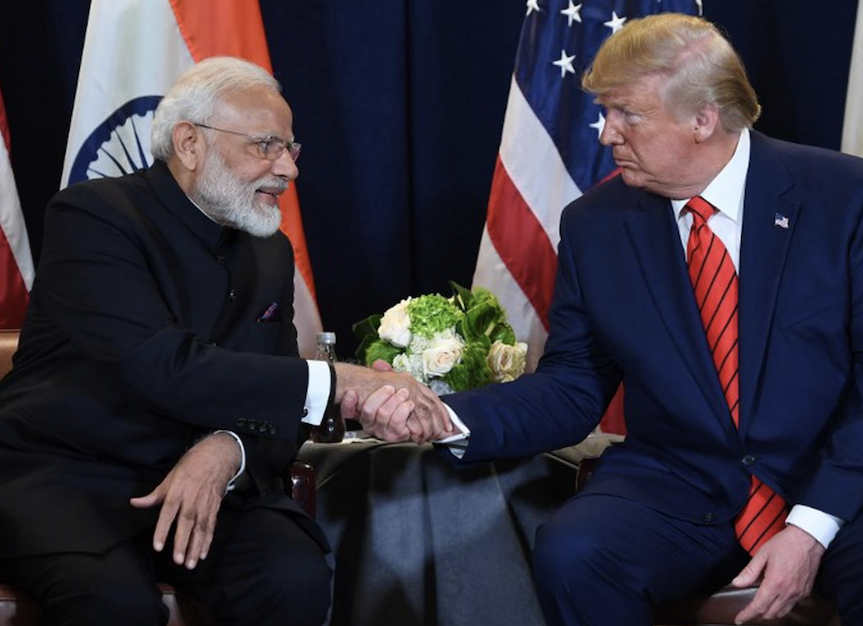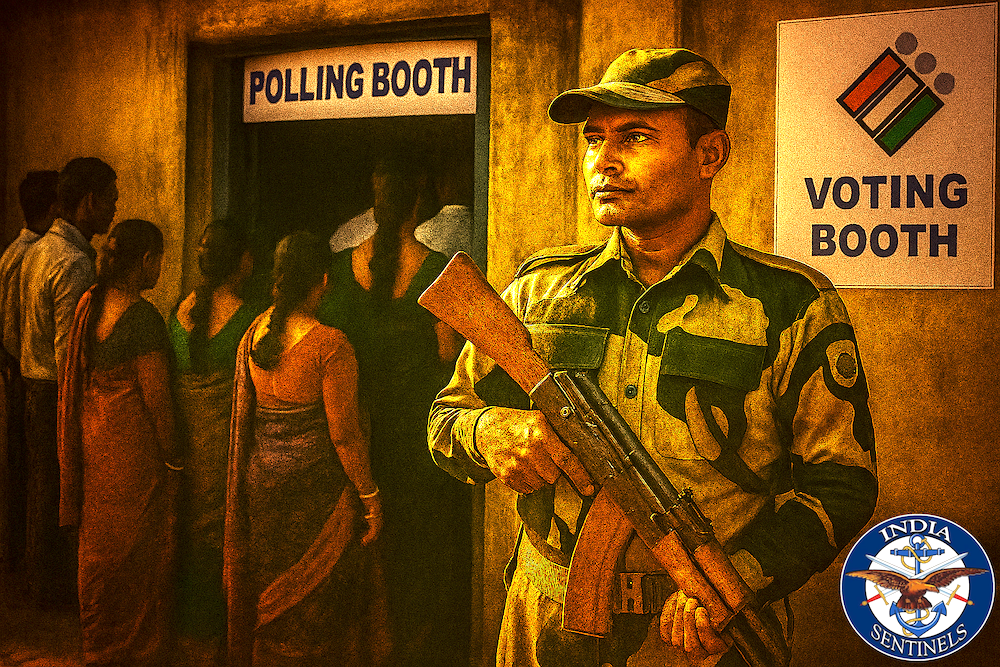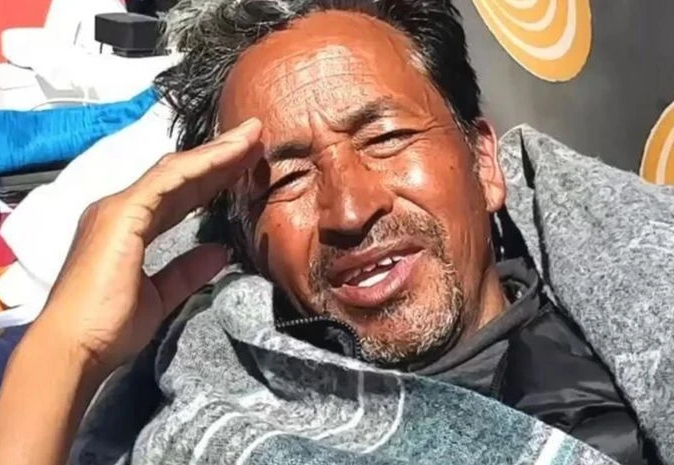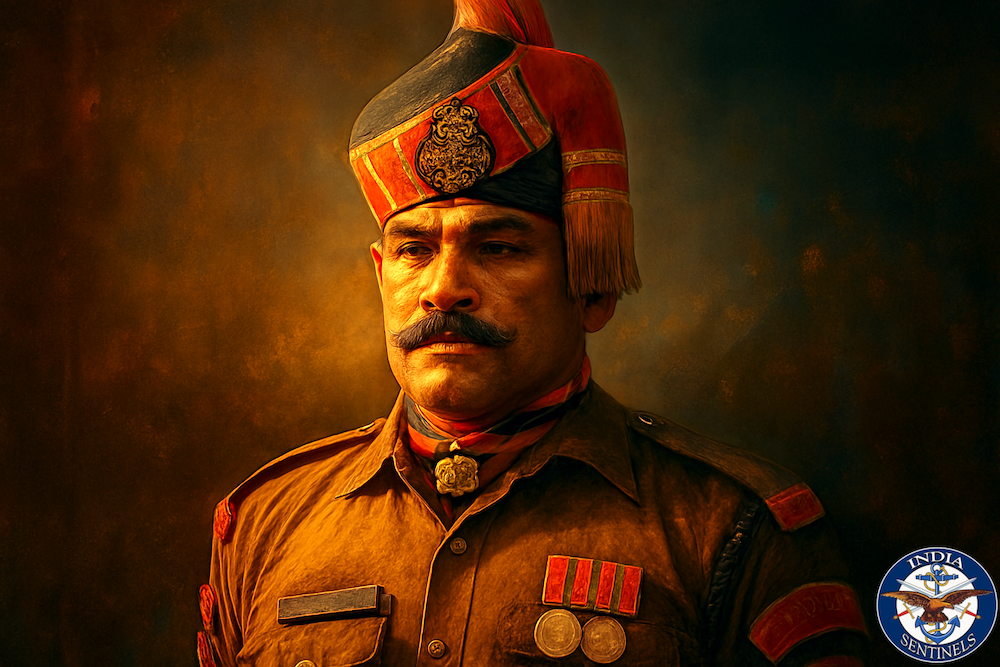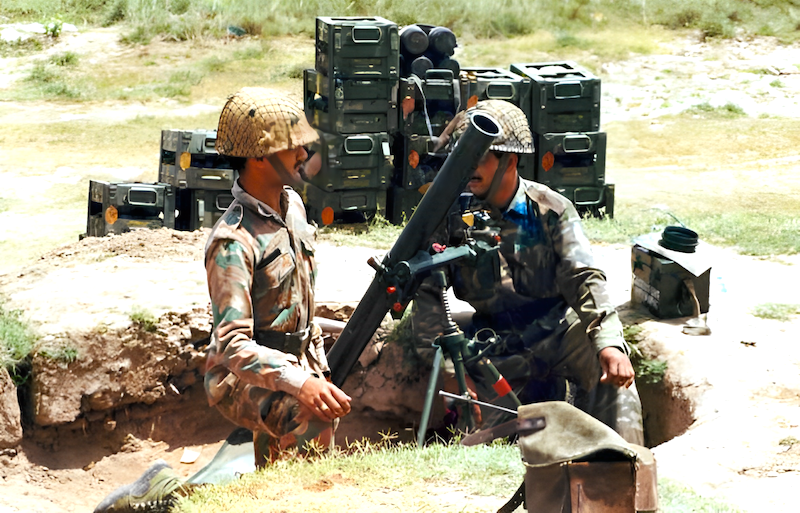 Two BSF troopers manning a mortar position near the international border in Jammu. (File photo)
Two BSF troopers manning a mortar position near the international border in Jammu. (File photo)
A recent scroll through X (formerly Twitter) left me profoundly troubled. Post after post revealed a disturbing ignorance about one of India’s most crucial institutions – the Border Security Force. Citizens casually dismissed BSF personnel as “civil government employees”, while others confidently declared it “just a police force”. One particularly misguided comment claimed that on paper the BSF might appear different, but in reality, it remains nothing more than a police organization.
Even more disheartening were conversations with well-informed former bureaucrats who perpetuated the myth that the BSF “withdraws to the rear when war erupts”. It took considerable effort to explain the BSF’s frontline role during Operation Sindoor to correct these misconceptions. The depth of this ignorance demands urgent attention, for it reflects a dangerous misunderstanding of an institution that guards nearly half of India’s most volatile borders.
Numbers That Tell a Story
Before examining the BSF’s true character, consider this sobering statistic: the force has grown from 25 battalions in 1965, to 193 battalions with a sanctioned strength of 270,000 personnel, making it currently the world’s largest border-security force. This force protects 7,419.7 kilometres of India’s 15,106.7-kilometre land border – a staggering 49.11% of the country’s total frontier.
These are not the dimensions of a police force. They represent the scale of a military organization tasked with defending India’s sovereignty against external threats.
Born from War’s Harsh Lessons
The BSF’s origins lie in the hard-won lessons of the 1965 India-Pakistan war. Prior to this, the frontier states’ armed police battalions were in charge of guarding the border with Pakistan. However, those forces proved ineffective in the face of Pakistani aggression. The inadequacy of loosely structured state police forces – which varied dramatically from state to state – in coordinating with the Indian Army became painfully apparent.
On December 1, 1965, India established the Border Security Force as a direct response to these shortcomings. The decision was not administrative convenience but strategic necessity.
Read also: BSF must brainstorm to meet dynamic battle challenges
An Armed Force by Design
When the-then home minister, Yashwantrao Balwantrao Chavan, introduced the Border Security Force Bill on July 23, 1968, his opening words were unambiguous: “That to provide for constitution and regulation of an armed force of the Indian Union for ensuring the security of borders of India and matters connected therewith be taken into consideration.”
Parliamentary luminaries, including Indrajit Gupta, George Fernandes, NK Somani, Balraj Madhok, Virendra Kumar Shah, Nath Pai, NG Ranga, and Randhir Singh, participated in detailed discussions that culminated in the Border Security Force Act, 1968. The legislation’s preamble crystallized Parliament’s intent: The BSF was constituted as an armed force of the Indian Union.
This parliamentary mandate cannot be diluted by executive orders or bureaucratic nomenclature. Terms like “central armed police forces” represent administrative convenience, not legal reality. Any attempt to redefine the BSF’s character requires fresh parliamentary approval – something that has never been sought or granted.
Read also: India’s border-security infra needs more than marginal budget hikes
Military Standards, Military Expectations
Chavan himself articulated the force’s true nature during parliamentary debates. He emphasized that “the efficiency and discipline expected of this force is equal to that of an army” and that “the task given to this force is equal to that of any army.” Consequently, he argued, “the structure of punishment will have to be compared with that provided in the [Indian] Army Act.”
This is why the BSF Act mirrors the Army Act, 1950, in its disciplinary framework, organizational structure, and operational philosophy. From its inception, the BSF was deliberately insulated from police influence to maintain the professionalism expected of an armed force.
Infantry by Design, Not Accident
The-then home minister’s explanation of the BSF’s character remains definitive: “The character of the force is decided by the tasks that the force is expected to perform. It is not a police force because it is not doing police duty. The tasks of this force are nearer to the tasks of the Army and is exposed to certain extent to the same dangers that the Army faces.”
The BSF battalions are structured identically to infantry battalions, with only minor tactical variations. Personnel carry infantry weapons, deploy mortars and medium machine guns, operate artillery pieces, and maintain their own aviation wing. This is not police equipment – it is military hardware designed for warfare.
The government recognized that coordination between the BSF and the Indian Army was paramount, as Chavan had noted: “If there is no coordination between the Army and BSF, if there is no intelligence sharing with the BSF and Army, the whole machine fails, the whole government fails, and the whole country fails.”
Read also: Command duality in border guarding is against national security
Baptism by Fire: The 1971 War
Within six years of its formation, the BSF validated its military character during the 1971 India-Pakistan war (Liberation War of Bangladesh). The force displayed exceptional valour on both western and eastern fronts, contributing significantly to Bangladesh’s liberation. The BSF had trained, supported and formed part of the Mukti Bahini and had entered what was then East Pakistan before actual hostilities broke out.
The-then prime minister, Indira Gandhi, recognized this contribution by designating the BSF as the nation’s “first line of defence” – a title that would be meaningless if applied to a police force. The BSF’s involvement in Bangladesh’s liberation effort began in March 1971, months before formal military operations, establishing bases and laying groundwork for subsequent Army operations.
Read also: Story of BSF’s key role, valour and sacrifices in 1971 India-Pakistan war
Holding the Line: Kargil and Beyond
During the 1999 Kargil conflict, the BSF’s military character again proved decisive. Not a single BSF post was abandoned despite extreme winter conditions, preventing Pakistani intrusions across BSF-controlled sectors. The force actually strengthened its defensive posture while supporting Army operations through superior human intelligence gathering – capabilities that the National Security Council Secretariat later described as “most superior” in its report to the government.
Read also: The unrecognized contribution of BSF in Kargil war
Operation Sindoor: Standalone Excellence
The BSF’s role in Operation Sindoor represents perhaps the clearest vindication of its military character. Operating as a standalone force along the international border in the Jammu region, the BSF inflicted massive damage on Pakistani posts and military infrastructure, achieving psychological ascendancy over enemy forces. The operation earned appreciation from the prime minister, home minister, chief of army staff, and the director general of military operations.
The BSF’s combat role calls for further upgrade of weaponry, like the induction of 120mm mortars and dedicated artillery in direct firing role, especially for the Jammu international border.
Read also: Op Sindoor – How BSF’s ‘offensive defence’ thwarted Pakistan’s designs
Price of Misperception
The widespread confusion about the BSF’s character carries serious implications. When citizens view the BSF as police, they diminish the sacrifice and professionalism of personnel who face the same risks as regular soldiers. When bureaucrats perpetuate myths about the BSF retreating during conflicts, they undermine public confidence in a force that has repeatedly proven its combat effectiveness.
More dangerously, this misperception affects policy discussions, resource allocation, and strategic planning. A force guarding half of India’s most hostile borders deserves recognition commensurate with its responsibilities.
Time for Clarity
The BSF is not police by accident of administrative convenience. It is an armed force by parliamentary design, military in structure, combat-proven in performance, and essential to India’s security. Its 270,000 personnel stand guard over borders where the country’s diplomacy ends and enforcement of the nation’s sovereignty begins.
The force has earned its place in India’s military history through blood, sweat, and unwavering commitment. From the frozen heights of Kashmir to the deserts of Rajasthan, from the marshlands of Punjab to the jungles of Bengal, BSF personnel maintain vigil against threats that would otherwise fall directly upon the Army.
Read also: High time BSF cadre officers are empowered lead the force at highest level
It is time India recognized BSF for what Parliament intended, what its structure reflects, and what its performance validates: an armed force of the Indian Union, deserving respect, resources, and recognition equal to its immense responsibilities.
The social media posts that triggered this reflection represent more than casual ignorance – they reflect a dangerous disconnect between public perception and strategic reality. In an era where information warfare complements kinetic conflict, allowing such misconceptions to persist amounts to strategic negligence.
India’s first line of defence deserves better than confusion about its character. It deserves the understanding, support, and recognition that comes with acknowledging the truth: The BSF is not police playing soldier – it is soldiers serving the nation.
Disclaimer: The views expressed in the article are the author’s own and don’t necessarily reflect the views of India Sentinels.
Follow us on social media for quick updates, new photos, videos, and more.
X: https://twitter.com/indiasentinels
Facebook: https://facebook.com/indiasentinels
Instagram: https://instagram.com/indiasentinels
YouTube: https://youtube.com/indiasentinels
© India Sentinels 2025-26


